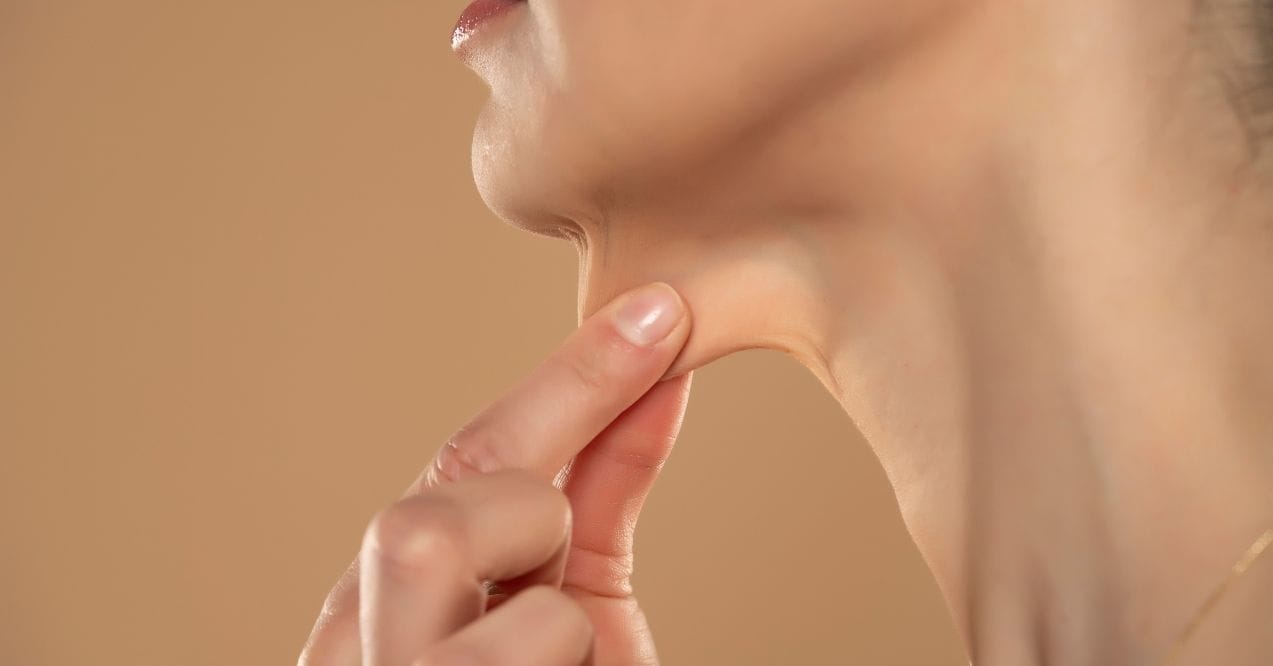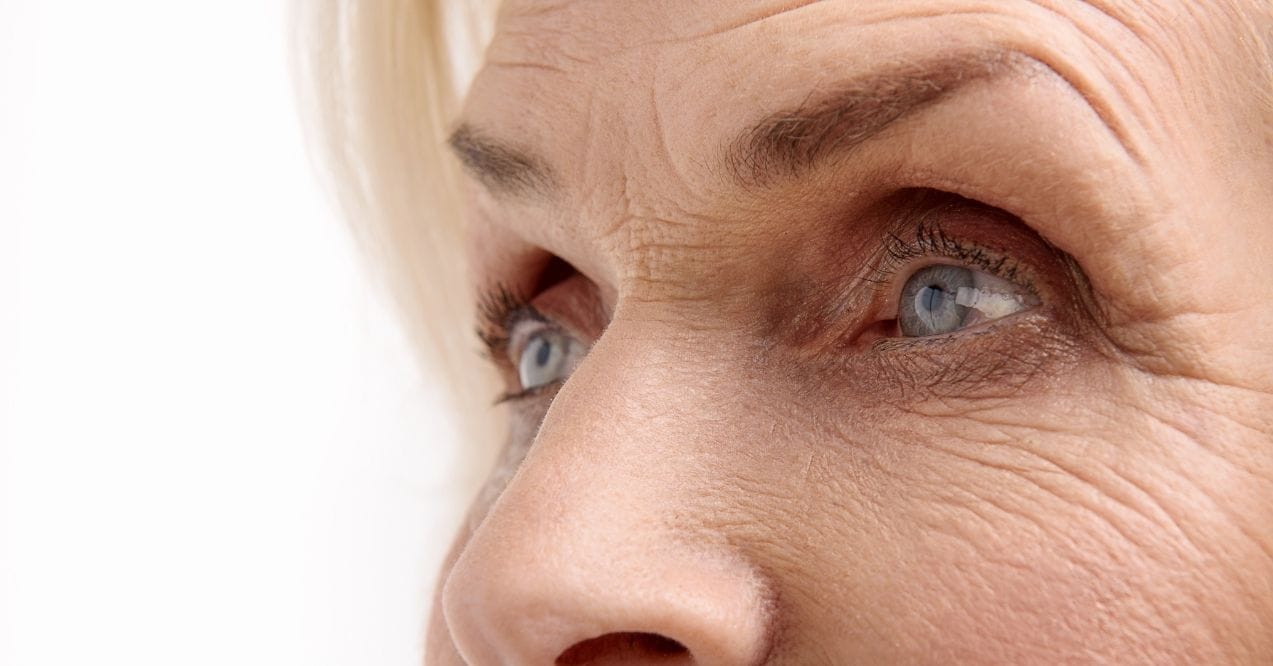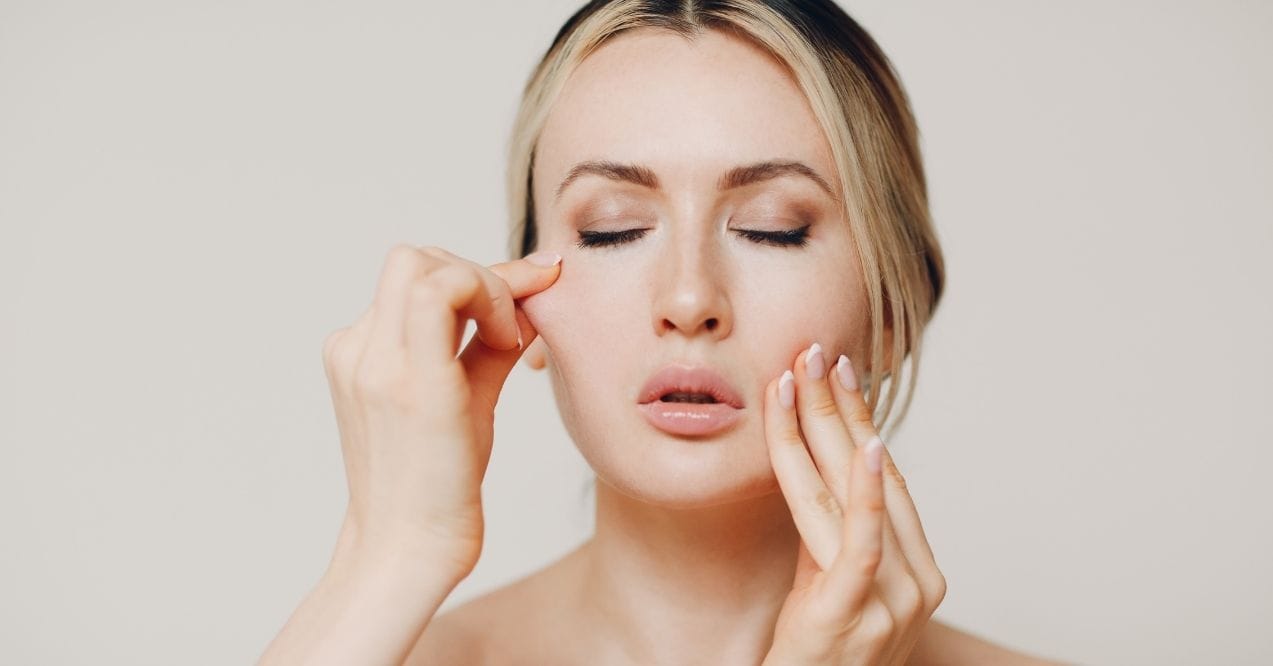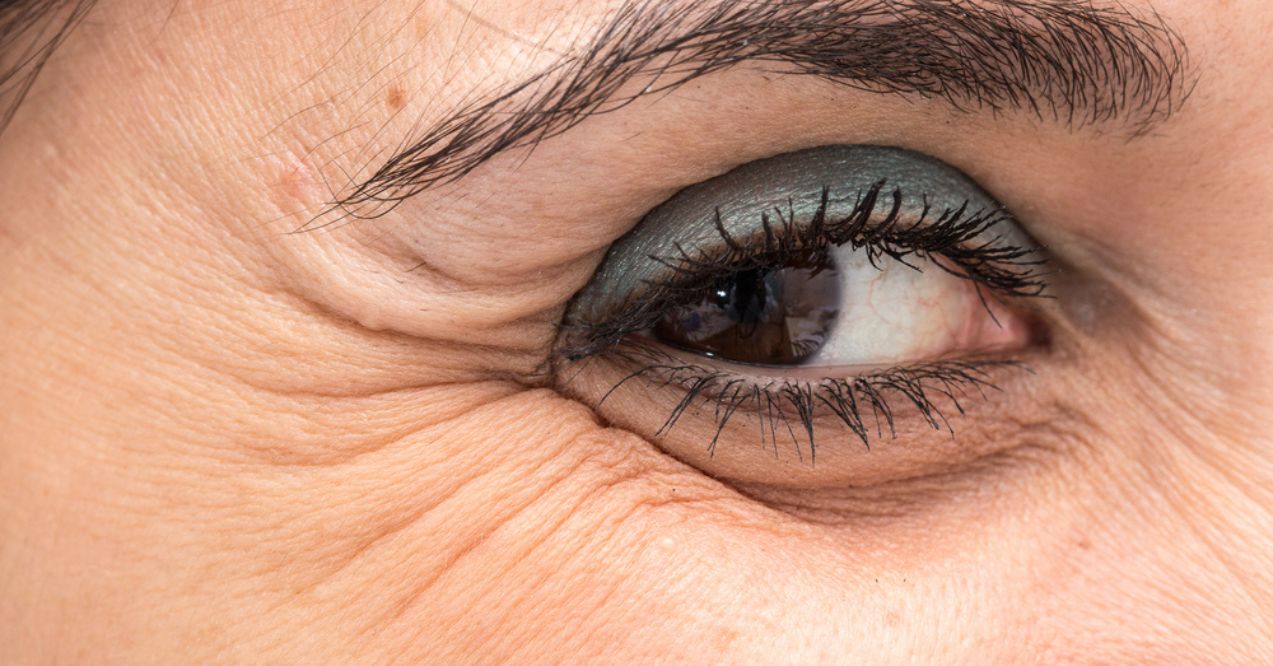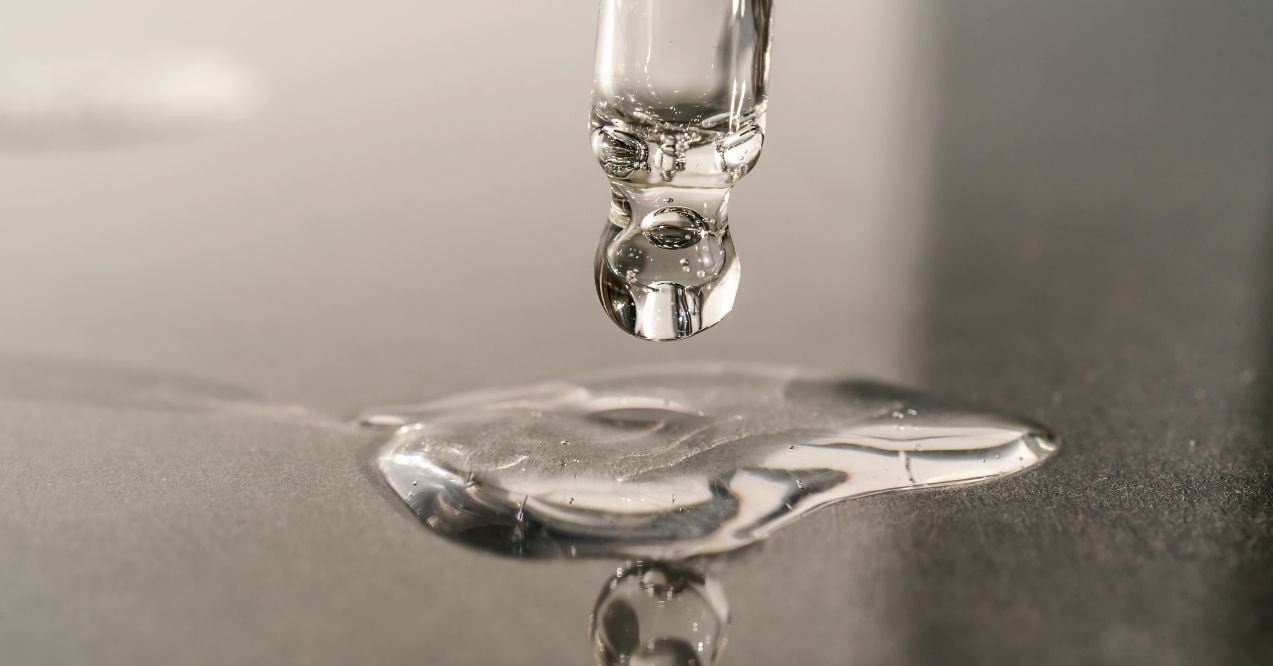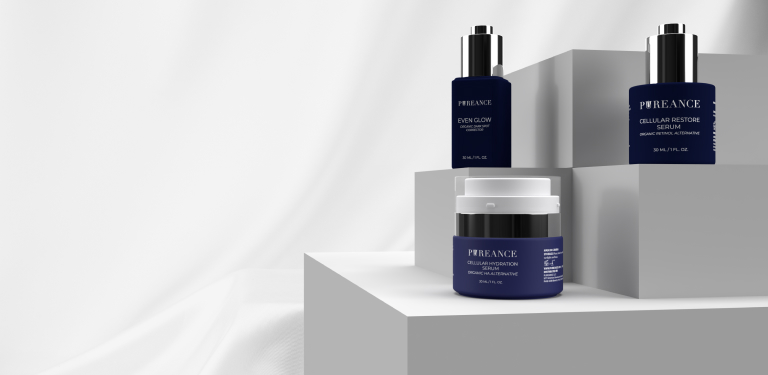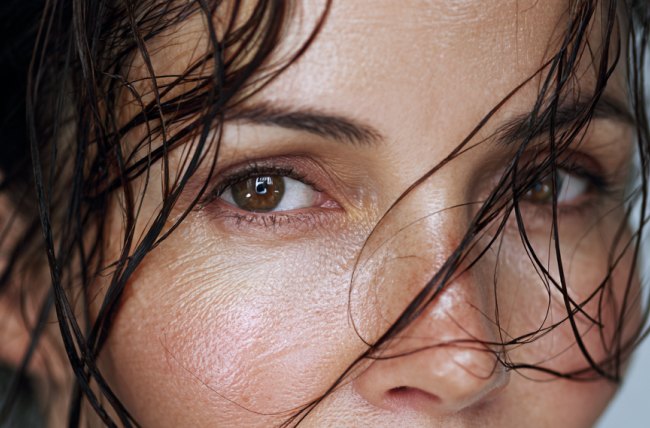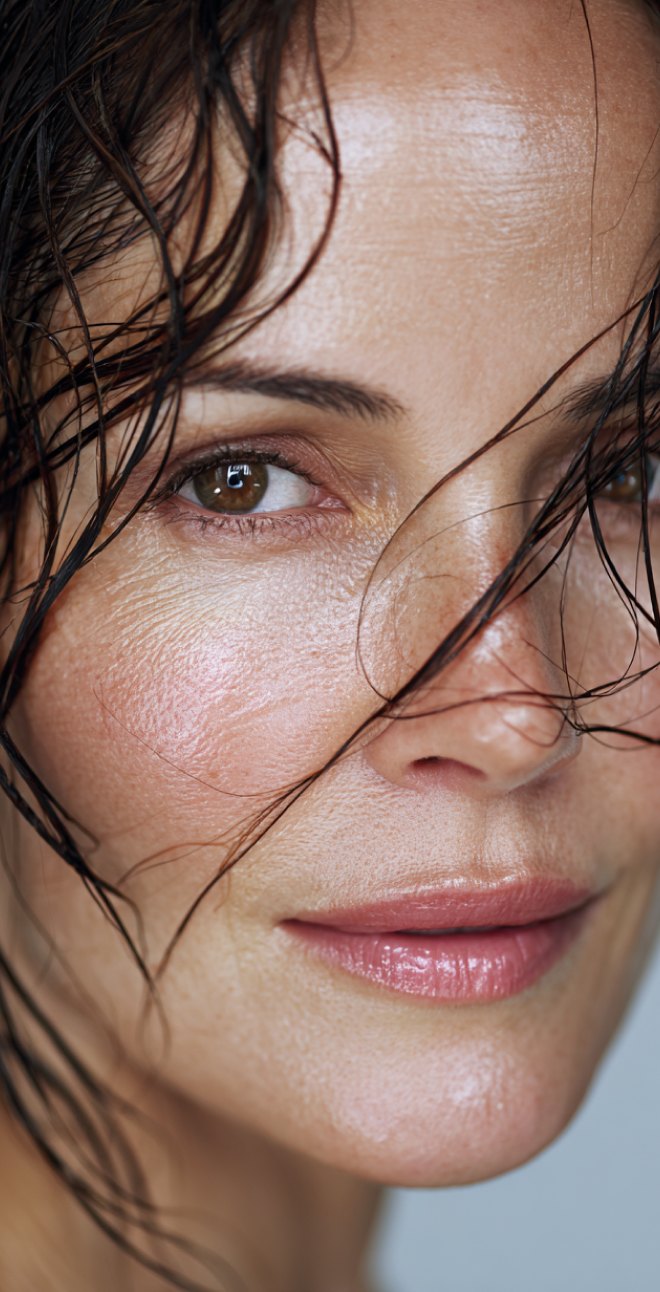


9 Ways on How to Get Rid of Smile Lines
Those endearing creases that frame your mouth when you laugh or smile might be charming at first, but as they become more pronounced over time, many people seek ways to address them. Smile lines naturally develop from years of facial expressions and the gradual loss of skin elasticity that comes with aging. While these lines tell stories of joy and laughter, their deepening appearance can sometimes be a concern.
This comprehensive guide offers actionable approaches for learning how to get rid of smile lines naturally without resorting to invasive procedures. We’ll explore effective methods to diminish their appearance while celebrating the facial expressions that make you uniquely yo
Key Article Findings
- Consistent hydration, sun protection, and retinol use are essential for addressing smile lines effectively.
- Facial exercises and massage provide accessible, natural methods for improving muscle tone around the mouth.
- Combining multiple approaches yields better results than relying on a single method.
- Early prevention through good skincare habits is more effective than correcting established lines.
What Are Smile Lines?
Smile lines, also called laugh lines or nasolabial folds, are the natural creases that form from the sides of your nose to the corners of your mouth. These distinctive lines appear when you smile or laugh, but over time, they can become permanently visible even when your face is at rest.
These facial creases develop naturally due to repeated muscle movements during expressions of joy. Each time you smile, laugh, or make animated facial expressions, the muscles around your mouth contract, gradually creating these characteristic lines. As the years pass, these lines become more pronounced due to several factors:
- The skin’s natural elasticity decreases
- Collagen and elastin production slows down
- Facial fat shifts and diminishes
- Moisture retention capacity decreases
Your genetic makeup plays a significant role in how pronounced your smile lines become. Those with naturally thinner skin or specific facial structures may notice these lines earlier in life. Environmental factors also contribute to their development, particularly exposure to UV rays, which breaks down collagen and accelerates the skin’s aging process.
Additionally, lifestyle factors like hydration levels, smoking habits, and overall skin care can influence how quickly and deeply these lines form.
9 Ways to Reduce Smile Lines Naturally
Your smile is one of your most expressive features, but the lines it creates over time can become more permanent. Fortunately, there are effective natural approaches to address these facial creases without resorting to invasive procedures.
1. Hydration
Maintaining proper hydration is fundamental for keeping your skin supple and minimizing the appearance of smile lines. Dehydrated skin tends to look more wrinkled and accentuates existing lines.
Learning how to treat dehydrated skin is essential for addressing smile lines:
- Internal hydration – Aim for 8-10 glasses of water daily to maintain skin’s moisture from within
- External hydration – Apply moisturizers containing hyaluronic acid, which can hold up to 1000 times its weight in water
- Layer properly – Apply hydrating products to slightly damp skin to lock in maximum moisture
- Consider a humidifier – Adding moisture to your environment can prevent skin dehydration, especially during winter months
Look for moisturizers with ingredients like glycerin, ceramides, and squalane that help maintain your skin’s natural moisture barrier while preventing water loss.
2. Facial Exercises
Just as you exercise your body to stay toned, facial exercises can help strengthen the muscles around your mouth and cheeks, potentially reducing the appearance of smile lines.
If you wonder how to improve skin elasticity, consider these simple techniques:
- Smile sculpting – Press your fingertips gently on your smile lines while smiling widely, then relax. Repeat 10 times daily.
- Cheek lifts – Smile while keeping your lips closed, then place your fingers on the top of your cheekbones. Lift the skin slightly upward and hold for 5 seconds. Repeat 10-15 times.
- X-O exercises – Alternate between pronouncing “X” and “O” with exaggerated mouth movements for 30 seconds daily.
Consistency is key – perform these exercises for 5-10 minutes daily to potentially see improvements within 4-6 weeks.
3. Antioxidants
Antioxidants play a crucial role in protecting your skin from oxidative stress caused by free radicals, which can accelerate the formation of smile lines.
Incorporate antioxidants into your lifestyle through:
- Diet – Consume colorful fruits and vegetables like blueberries, strawberries, spinach, and kale
- Skincare – Use products containing vitamin C (L-ascorbic acid), vitamin E, niacinamide, or green tea extract
- Combination approach – Topical antioxidants work best when supported by a nutrient-rich diet
For optimal results, apply antioxidant serums in the morning before moisturizer and sunscreen to provide daytime protection against environmental stressors.
4. Sun Protection
Sun exposure significantly contributes to premature skin aging and can deepen existing smile lines by breaking down collagen and elastin fibers.
Understanding how to prevent smile lines starts with making sun protection a daily priority:
- Apply broad-spectrum SPF 30+ sunscreen every morning, even on cloudy days
- Reapply sunscreen every two hours when outdoors
- Seek shade during peak sun hours (10 am – 4 pm)
- Wear wide-brimmed hats and UV-protective sunglasses for additional protection
- Consider mineral sunscreens with zinc oxide or titanium dioxide for sensitive skin
5. Nourishing Your Skin from Within
What you eat directly impacts your skin’s appearance and its ability to maintain elasticity and firmness around smile lines.
Focus on these skin-supporting nutrients:
- Collagen-boosting foods – Citrus fruits, berries, and bell peppers high in vitamin C
- Healthy fats – Avocados, olive oil, and fatty fish rich in omega-3 fatty acids
- Protein sources – Eggs, legumes, and lean meats to provide amino acid building blocks
- Zinc-rich foods – Nuts, seeds, and whole grains to support skin repair functions
Consider adding bone broth to your diet, which contains collagen and other compounds that may support skin structure when consumed regularly.
6. Massage
Facial massage improves circulation, relaxes tense muscles, and may temporarily reduce the appearance of smile lines by promoting lymphatic drainage and reducing puffiness.
Regular massage techniques can make a noticeable difference:
- Use clean fingertips or a facial roller to gently massage the nasolabial fold area
- Apply gentle upward strokes from the corners of your mouth toward your cheekbones
- Incorporate a facial oil or serum for easier glide and added benefits
- Spend 3-5 minutes daily on targeted massage for optimal results
For enhanced benefits, try facial gua sha – a traditional technique using a smooth-edged tool to stimulate circulation and enhance facial contours.
7. Embrace Natural Oils
Natural plant oils can deeply nourish the skin and may help improve its texture and elasticity around smile lines.
Beneficial oils to consider include:
- Rosehip oil – Contains vitamin A and essential fatty acids that support skin regeneration
- Jojoba oil – Closely mimics skin’s natural sebum, making it easily absorbed
- Argan oil – Rich in vitamin E and fatty acids that support skin elasticity
- Squalane – Lightweight yet deeply hydrating, suitable for all skin types
Apply 2-3 drops to clean skin before moisturizer, focusing on the smile line area with gentle patting motions for best absorption.
8. Retinol
Retinol, a vitamin A derivative, is widely regarded as one of the most effective ingredients for addressing signs of aging, including smile lines.
Retinol works by:
- Accelerating cell turnover
- Stimulating collagen production
- Improving skin texture over time
- Enhancing overall skin appearance
Understanding what happens when you stop using retinol is equally important. The improvements in skin texture and reduction in fine lines may diminish over time as cell turnover slows down again. This is why consistent, long-term use is recommended for maintaining results.
Start with a low concentration (0.25-0.5%) applied 2-3 times weekly, gradually increasing frequency as your skin builds tolerance. Always apply at night and follow with sunscreen during the day.
9. Consistency
Perhaps the most important factor in how to reduce smile lines naturally is consistency with your chosen methods. Natural approaches require time and patience but can yield significant improvements.
For best results:
- Establish a morning and evening skincare routine that incorporates multiple approaches
- Take progress photos monthly to track subtle improvements
- Give each method at least 8-12 weeks before evaluating effectiveness
- Remember that prevention is easier than correction
- Combine multiple approaches for synergistic benefits
How to Prevent Smile Lines from Deepening
While smile lines are a natural part of aging, there are several effective strategies to keep them from becoming more pronounced over time. The key is consistency with preventive approaches rather than waiting until lines are deeply established.
Maintaining optimal hydration levels is crucial for preventing smile lines from deepening. Drink plenty of water throughout the day and use hydrating serums containing ingredients like hyaluronic acid to maintain skin plumpness.
When considering what helps with smile lines, sun protection ranks at the top of the list. Daily application of broad-spectrum SPF 30+ sunscreen prevents UV damage that breaks down collagen and accelerates line formation, even on cloudy days.
Lifestyle choices significantly impact your skin’s appearance. Limiting smoking and excessive alcohol consumption helps maintain skin elasticity, as both habits accelerate collagen breakdown and dehydrate the skin.
Establishing a consistent skincare routine with products that support collagen production and maintain moisture balance gives your skin the nourishment it needs to resist deepening lines. Look for ingredients like peptides and antioxidants in your daily products.
Being mindful of repetitive facial expressions like squinting or frowning can also help prevent smile lines from deepening. Consider wearing sunglasses to reduce squinting in bright conditions, which contributes to line formation around the eyes and mouth.
Surgical Treatments for Smile Lines
For those seeking more significant or longer-lasting results than natural methods can provide, several professional interventions are available. These procedures vary in invasiveness, recovery time, and longevity of results.
Facelift (Rhytidectomy)
A facelift remains one of the most comprehensive solutions to get rid of smile lines and address other signs of facial aging. This surgical procedure involves:
- Removing excess skin
- Tightening underlying tissues and muscles
- Repositioning facial fat
- Redraping skin for a smoother appearance
Recovery typically takes 2-4 weeks, with visible bruising and swelling during the initial healing phase. While more invasive than other options, results can last 7-10 years, making it a long-term investment for those with pronounced smile lines.
Mid-Facelift
The mid-facelift targets specifically the middle portion of the face where smile lines form. This more focused approach:
- Concentrates on the cheek and nasolabial fold area
- Requires smaller incisions than a full facelift
- Involves less tissue manipulation
- Features a shorter recovery period (typically 1-2 weeks)
This procedure is ideal for those with moderate smile lines who don’t require the extensive correction of a full facelift but want longer-lasting results than non-surgical options provide.
Dermal Fillers (Surgical Option)
While often performed as a non-surgical procedure, dermal fillers can be strategically placed by surgeons as part of a comprehensive approach to remove smile lines. Surgical application of fillers:
- Allows for deeper placement than standard injections
- Can be combined with other surgical techniques for enhanced results
- May use longer-lasting filler materials
- Often provides more dramatic correction of deep lines
The longevity varies by filler type, with some lasting 6-18 months and newer options potentially lasting several years before requiring maintenance.
Botox and Other Botulinum Toxin Injections
Although not technically surgical, Botox injections are often performed in surgical settings as complementary treatments for smile lines:
- Work by temporarily relaxing muscles that contribute to line formation
- Provide results within 3-7 days after treatment
- Last approximately 3-4 months before requiring maintenance
- Are most effective for dynamic lines (those that appear with facial movement)
Botox works best when used preventively or for early-stage smile lines rather than deep, established creases. Many professionals recommend combining Botox with fillers for comprehensive results – Botox prevents new lines from forming while fillers address existing ones.
Conclusion
Understanding how to get rid of smile lines requires a multi-faceted approach tailored to your needs and preferences. Whether you choose natural methods like hydration and facial exercises, or explore professional treatments, consistency is key. By implementing these strategies, you can effectively address smile lines while maintaining the joy that created them in the first place.
Consistent sun protection, proper hydration, and retinol-based products typically yield the most noticeable improvements. For immediate results, professional treatments like dermal fillers directly address volume loss that contributes to smile line formation.
A combination approach works best: daily skincare with retinol and hydration, facial massage techniques, and professional treatments like fillers or microneedling. Consistency with these methods delivers gradual improvement in smile line appearance.
Implement daily facial exercises, maintain thorough hydration, use retinol products consistently, apply antioxidant serums, protect skin from UV damage, and consider facial massage with natural oils to improve skin elasticity naturally.
Apply daily sunscreen, maintain optimal hydration, use retinol products regularly, perform facial exercises, limit excessive facial expressions like squinting, and avoid smoking and excessive alcohol consumption to preserve skin elasticity.
This site offers health, wellness, fitness and nutritional information and is designed for educational purposes only. You should not rely on this information as a substitute for, nor does it replace, professional medical advice, diagnosis, or treatment. If you have any concerns or questions about your health, you should always consult with a physician or other health-care professional. Do not disregard, avoid or delay obtaining medical or health related advice from your health-care professional because of something you may have read on this site. The use of any information provided on this site is solely at your own risk.
Nothing stated or posted on this site or available through any services are intended to be, and must not be taken to be, the practice of medical or counseling care. For purposes of this agreement, the practice of medicine and counseling includes, without limitation, psychiatry, psychology, psychotherapy, or providing health care treatment, instructions, diagnosis, prognosis or advice.
